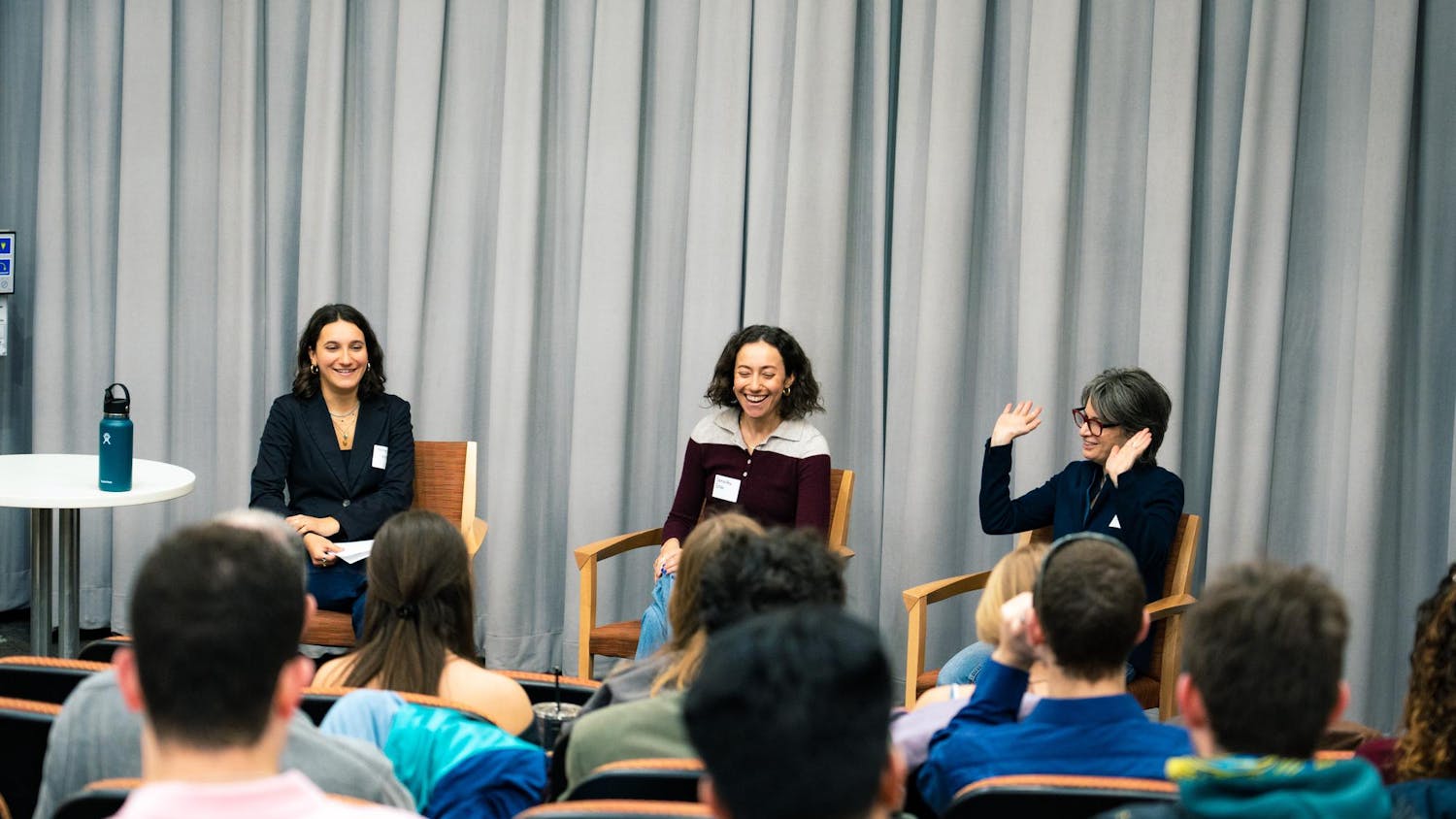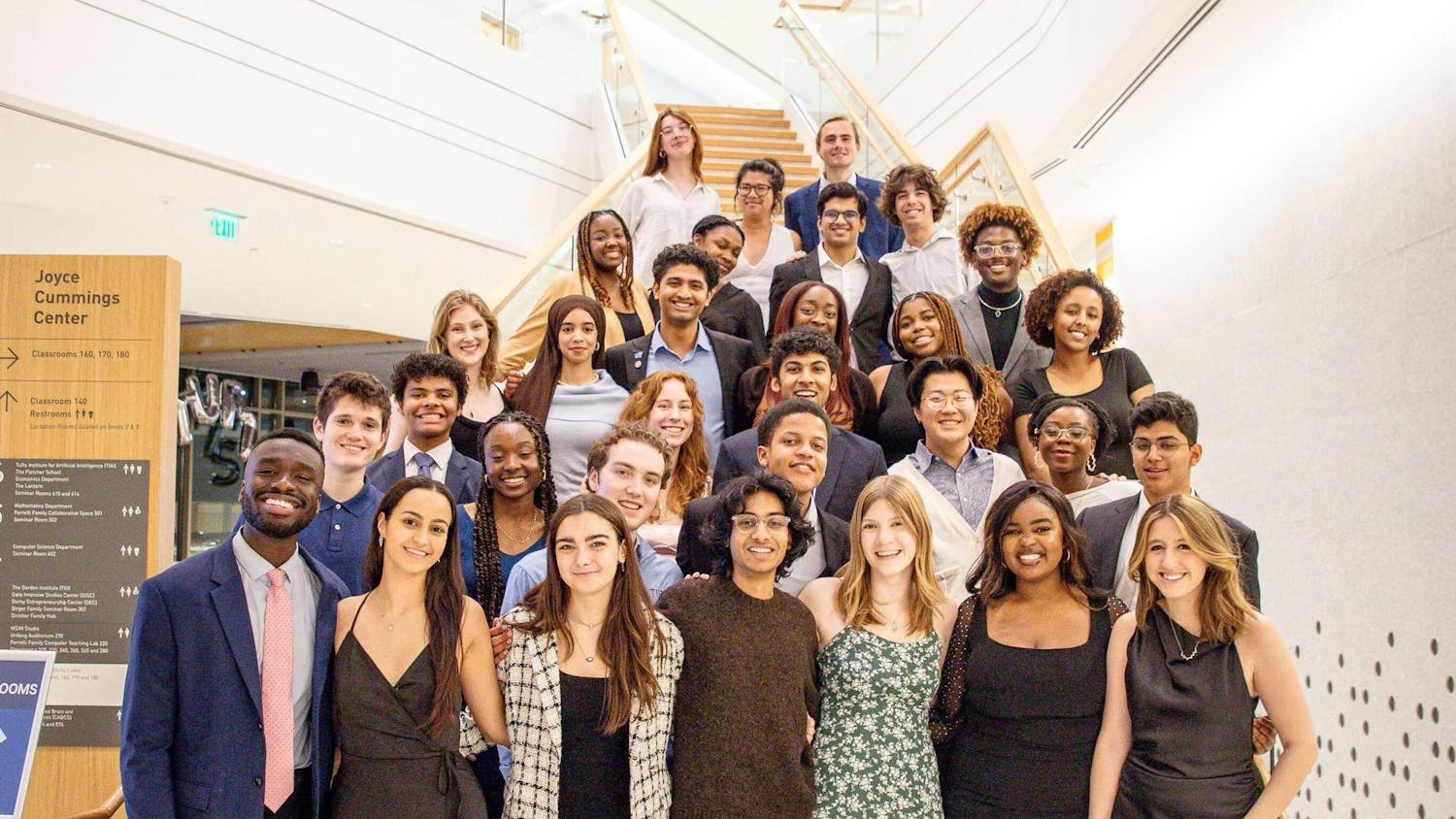Two researchers from the Sackler School of Graduate Biomedical Sciences began a collaboration in October to investigate the environmental causes of breast cancer.
Funded by a three-year, $5 million grant from the Art beCAUSE Breast Cancer Foundation, the research is intended to find out how so many people fall victim to the disease with no family history of cancer, according to Gail Sonenshein, professor of developmental, molecular and chemical biology. Sonesheim is the principal researcher along with Charlotte Kupperwasser, associate professor of developmental, molecular and chemical biology.
The two will be working alongside three other researchers in the field, including Stefano Monti, associate professor of medicine and biostatistics, and David Seldin, professor of medicine and microbiology at the Boston University School of Medicine. David Sherr, professor of environmental health at the Boston University School of Public Health, will be leading the project.
“There’s a lot of accumulating evidence that environmental chemicals are contributing to a real majority of cancers,” Sherr said. “You can’t change your genes, but you might be able to change your environment. So, if we can find how certain chemicals work in a cell, we can start to see how bad they really are.”
For Sonenshein, the most convincing argument that environmental factors are likely to have a role in cancer development is that about 90 percent of breast cancers are caused by sporadic or somatic exposures, meaning exposure that happens to the body in its environment, rather than genetic predisposition.
“This [research] group [as well as backer Art beCAUSE] very strongly believes that there is a real environmental role,” Sonenshein said. “The best way to cure breast cancer is to prevent it. So, if you can track down these causes and eliminate them, then we would hopefully be preventing a bulk of the cancers.”
She added that the research focuses on the role played by environmental pathways.
“Our work has been innovative and paradigm-shifting in that many people only used to look at the points within patients that have been caused by these carcinogens,” Sonenshein said. “What we’re saying is that it’s not just mutations, but environmental pathways which, through the carcinogens themselves, are playing a major role in turning normal cells to cancerous ones. Our group is hoping to develop signaling markers that allow us to test these cascades.”
Sherr explained that the motivation for the project arose from an increase in the perceived need among the biomedical community to raise awareness of the harm of certain chemicals and processes -- often those encountered in everyday life.
“It’s about calling a duck a duck,” he said. “The fact of the matter is most people and federal agencies just don’t appreciate the contribution that environmental chemicals make to breast cancer in particular.”
According to Sherr, there are 80,000 chemicals registered by the Environmental Protection Agency (EPA) that people encounter every day in the United States. At any given time, people could find several dozen of these chemicals in their bodies, but only 1,500 of them have been officially tested for cancerous properties and general safety, he added.
“Of the chemicals tested, a very high fraction -- 25 to 30 percent -- are actually carcinogens,” Sherr said. “We need to do more research into the effects of hydrocarbons, for example, which are released anytime anything is burned: gasoline, plastic, charcoal, oil … anything.”
According to Sonenshein, the work is being divided between five labs in Boston to increase efficiency and make the most headway in learning more about these thousands of chemicals in relation to breast cancer.
“It works so much better with a consortium like this, where we have five well-established, creative scientists, each with expertises that overlap but are unique, so everyone can bring something different [to] the table,” Sherr explained. “You get much more bang for your buck.”
Art beCAUSE, currently the only research foundation dedicated exclusively to researching environmental causes of breast cancer, planned the funding as a three to five year launching pad for the project, according to Sherr.
“After these initial phases, we expect it to become self-sustaining,” he said. “We hope the amount of vital information it generates will allow us to bring in more resources, more agencies and more people.”
More from The Tufts Daily





